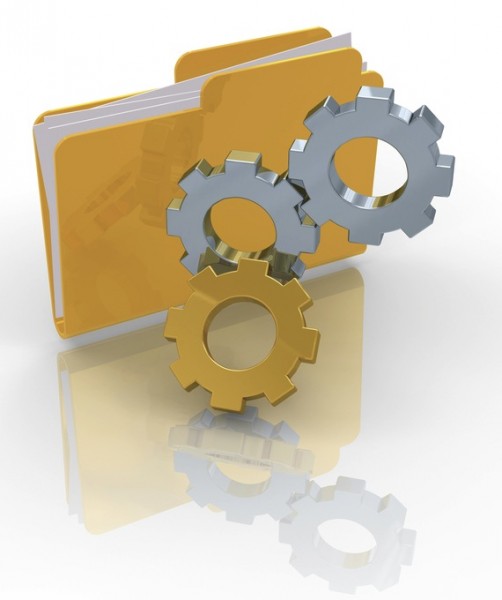 Launch a program, collect an email, visit a website -- just about everything you do on a PC results in some kind of change to the files on your PC. And normally the low-level details of this won’t interest you in the slightest, but there will be occasional exceptions.
Launch a program, collect an email, visit a website -- just about everything you do on a PC results in some kind of change to the files on your PC. And normally the low-level details of this won’t interest you in the slightest, but there will be occasional exceptions.
Maybe you think you’ve been infected by malware, for instance. Perhaps you’re wondering what an installation program is adding to your system. Or you might just want to know why your hard drive activity light is flashing, all the time. But whatever the reason,Check5 can help, by monitoring any folders of interest and showing you, in real time, exactly how their contents are changing.
To try this out you must first point the program at the folders you’d like to track. Click Folder Monitor > Add Folder to Monitor, and repeat the process for everything you’d like to watch. (Or just specify a root folder -- C:\ , say – to monitor a full drive.)
Now just launch any program which creates, amends, deletes or renames files in any of those folders, and you’ll see its actions displayed in the main File List Grid: the file name, path, size, attributes, and created, modified and last access dates.
If your applications are generating a lot of activity then this can become hard to follow, but there are ways to improve the situation. Monitoring somewhere lower down the folder tree can help, for instance. And an Event Logging menu allows you to record only the event types which interest you: file creations, say.
Just in case this isn’t enough, Check5 also includes various batch file management tools which you can apply to the logged events. So if, say, you’ve recorded 500 files being created in a particular folder, then the program can rename all of those according to the rules you specify, in a single operation.
Well, that’s the theory, anyway. In practice we found this aspect of the program to be confusing and rather impractical, but if you need this kind of feature then it might (just about) come in useful.
We suspect that most people, though, will use Check5 solely for its file monitoring features. And that’s just fine, because these are good enough to justify installing the program, all on their own.
Photo Credit: S.john/Shutterstock

